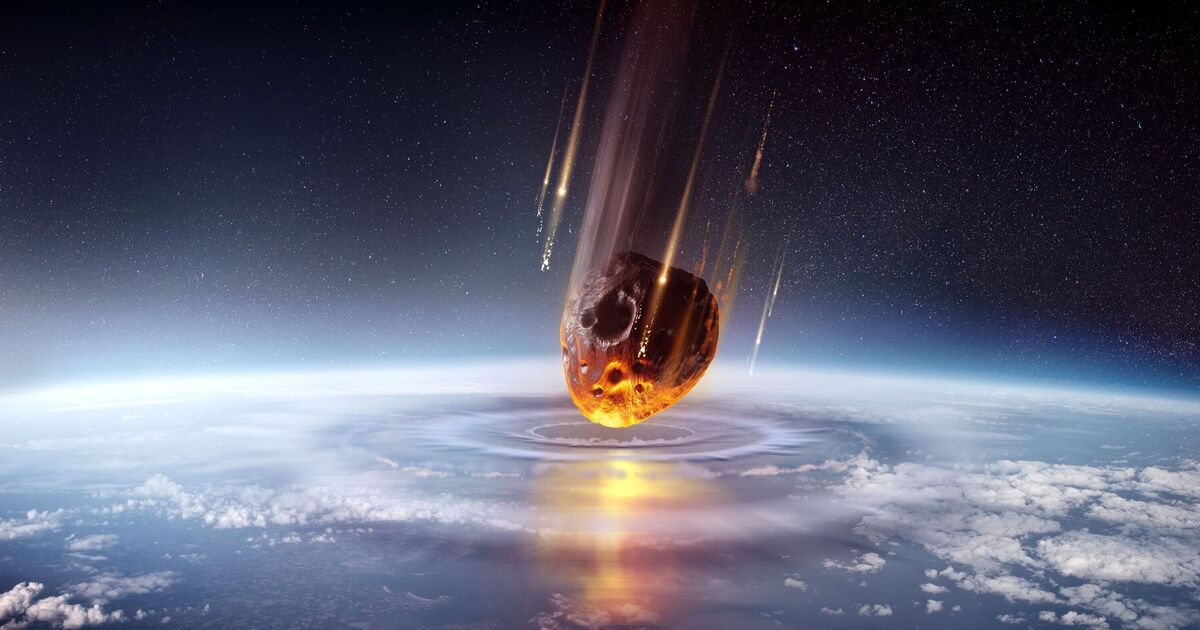NASA has issued an alert as asteroid 2025 OL1 is set to make a remarkably close approach to Earth on 30 July 2025. Hurtling through space at an astonishing speed of 16,904 miles per hour, the asteroid is expected to pass within 1.29 million kilometres of our planet – a close encounter in cosmic terms. Though it poses no actual threat, the flyby has reignited public interest in near-Earth objects (NEOs) and planetary defence.
Asteroid 2025 OL1 is estimated to be about 110 feet in diameter, roughly the length of a small passenger aircraft. While this may seem modest, its size and velocity make it significant enough to warrant monitoring by NASA’s Centre for Near-Earth Object Studies (CNEOS). The object meets the minimum size criteria for a “potentially hazardous asteroid”, but remains well outside the danger zone based on its trajectory.
NASA has confirmed that 2025 OL1 will not impact Earth, and reassures the public that there is no cause for alarm. However, the space agency continues to keep a close eye on its path, noting that even minor gravitational influences could shift its course in future flybys. This diligence highlights the importance of early detection and constant tracking of spaceborne objects.
Beyond NASA, international space agencies are equally involved in planetary defence. India’s ISRO, under the leadership of Chairman S. Somanath, has been vocal about the importance of preparing for potential asteroid threats. ISRO is developing collaborative initiatives with NASA, ESA, and JAXA to enhance asteroid detection systems and explore deflection strategies, particularly as larger asteroids like Apophis are set to make even closer passes in the years ahead.
The upcoming flyby of asteroid 2025 OL1 presents a valuable scientific opportunity. These events allow astronomers to refine models of asteroid orbits, study their compositions, and improve response capabilities. While the flyby will be peaceful, it reminds us that our solar system is teeming with rocky travellers, many of which go unnoticed.
Most NEOs pass by without consequence, but the potential for impact – even if rare – necessitates continued vigilance. Data collected from each close encounter contributes to a growing body of knowledge that may one day prove crucial in protecting Earth from a future asteroid strike.
As 2025 OL1 silently sails past Earth, scientists around the world remain watchful. Thanks to ever-improving technology and international cooperation, humanity is better prepared than ever to face what lies beyond the atmosphere.

